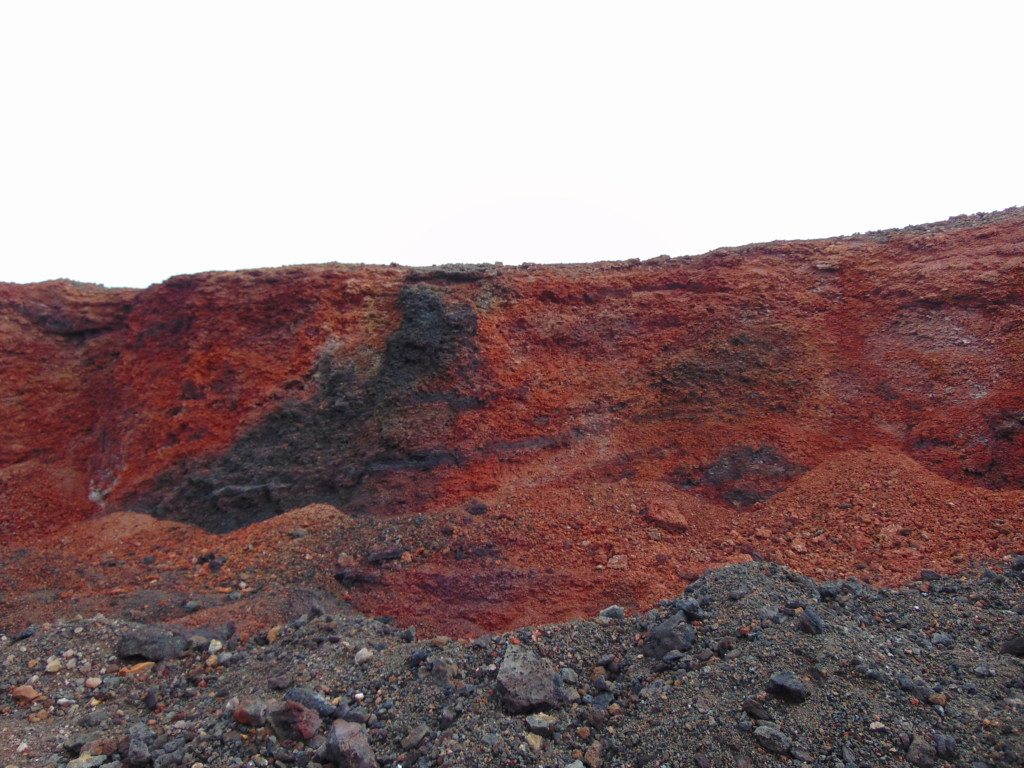Six people just emerged from a habitat for the first time in a year after taking part in a HI-SEAS simulated Mars mission. The crew lived in a small habitat on the side of a volcano in Hawaii at an altitude of more than 8,000 feet for the last year so we can learn more about the physiological and psychological strain human beings go through in a confined, isolated environment.
Nat Geo is airing a six-part series called Mars in November. The Nat Geo series will combine actual science and interviews with scientists and experts along with a fictitious drama built around a manned mission to Mars.
Jordan Bradley was there in Hawaii when the crew emerged and had a chance to interview the HI-SEAS mission crew and tour the habitat. He also had an opportunity to speak with some of the actors and consultants working on the Nat Geo series.
Take a look at some of the photos Jordan took while he was on site in Hawaii:
[seoslides embed_id=”2d53d00c5c89″ script_src=”https://techspective.net/embed-script/hi-seas-mars-mission/manua-loa-hawaii/” overview_src=”https://techspective.net/slides/hi-seas-mars-mission/manua-loa-hawaii/” title=”HI-SEAS Mars Mission” site_src=”https://techspective.net” site_title=”TechSpective” /]Would you volunteer for the crew of a manned mission to Mars? It seems like it won’t be long before you might just be able to do that.
Mars today is like the Moon in the early 1960′s. It is this lofty, but very achievable goal that mankind is striving to accomplish. This week, a simulated Mars expedition ended, and a crew emerged from a habitat on the slopes of Mauna Loa–a volcano in Hawaii–to breathe fresh air for the first time in a year.
The expedition was conducted by the University of Hawai’i at Manoa. It was the fourth Hawai’i Space Exploration Analog and Simulation–or HI-SEAS for short.
This simulated Mars mission placed a crew of six in a desolate, isolated location on the side of Mauna Loa–a volcano on the Big Island. The HI-SEAS Mars crew lived inside a geodesic dome about 8,200 feet above sea level for an entire year. Any time they left the safety of the habitat, they had to don a full space suit to fully simulate what it would be like to live in a similar environment on Mars.
Kim Binsted, HI-SEAS principal investigator and professor at the University of Hawai’i at Manoa, explained, “HI-SEAS is an example of international collaborative research hosted and run by the University of Hawai‘i. So its really exciting to be able to welcome the crew back to earth and back to Hawai‘i after a year on Mars.”
One of the crew members, a German named Christiane Heinicke, shared some of what the crew was able to learn during the year-long mission. “Showing that it works, you can actually get water from the ground that is seemingly dry. It would work on Mars and the implication is that you would be able to get water on Mars from this little greenhouse construct.”
“I can give you my personal impression which is that a mission to Mars in the close future is realistic. I think the techonological and psychological obstacles can be overcome,” declared French HI-SEAS crew member Cyprien Verseux.
Read the full story on Forbes: Hi-SEAS Crew Returns From ‘Mars’ After One Year Expedition.
- AI Voice Clones and Mobile Phishing: The Cyber Threats You’re Not Ready For - July 11, 2025
- Rethinking Cloud Security for the Evolving Threat Landscape - July 11, 2025
- Why Data Security Is the Real AI Risk - June 30, 2025



